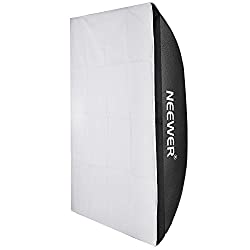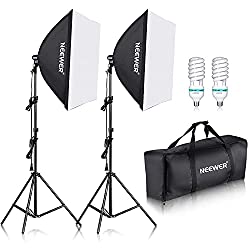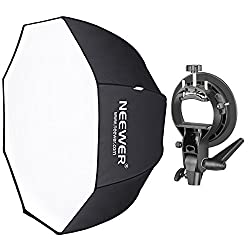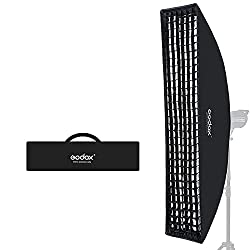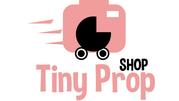
Newborn Photographer’s Guide to Softboxes
What is a Softbox?
A softbox is an enclosure designed to surround an artificial light source (i.e., a halogen lamp or flash tube) on all sides to make it (the light source) appear bigger and softer in relation to the subject. Softboxes consists of 2 types of material: the exterior, which is often black, and the interior, which can be white or silver. This handy equipment also has one piece of fabric that goes inside the softbox called the interior baffle, and another piece of fabric on the outside called a diffusion soc.
They work by shutting in light from a lamp into a closed chamber and releasing it through a layer of diffusion material. The reflective interior of a softbox intensifies the output from a light source and projects it through a translucent panel. That produces a quality of light that resembles the softer light that naturally streams through a window.
Softbox use falls predominantly into two categories – key light, as the primary light source, and fill light, as the secondary light source to reduce contrast. By using a softbox, the light will be easier to use, giving your images more clarity while keeping your newborn subject safe from the flash.
Different types of softboxes come in different sizes and shapes. The typical examples of softboxes include:
• Rectangular softboxes: They are rectangular-shaped and are ideal for vertical compositions, such as full-length portraits.
• Square softboxes: They square-shaped and are ideal for head-to-shoulder portraiture and small groups.
• Octagonal softboxes: They feature the octagon shape and are ideal for portraits.
• Strip softboxes: They are long and thin and are ideal for lighting the full body when placed parallel with the subject.
The shape of the softbox you use in lighting, as well as the distance between the softbox and the baby, are two factors that will make a massive difference in the results. Besides the above shapes (i.e., rectangular, square, octagonal, and strip), there are also less common shapes, such as round, parabolic, and hexagonal.
Where size is concerned, the rule of thumb is that the size of a softbox should be just about the same as the subject. That means that a full-body shot may require a softbox within the 48-inch or larger range, while a half shot or headshot may require a softbox in the range of about 18-24 inches.

When to Use a Softbox
Many situations call for the use of a softbox. It can be used for newborn photography, portraiture, editorial shooting, and just about any other situation with human subjects. What’s more, is that you can use a softbox at any time of the day or night. Daytime use of a softbox can help even out shadows and result in higher picture quality. I believe that one of my posts, “When And How To Use Reflectors In Newborn Photography,” will provide additional information around this subject.
How to Use a Softbox
Using a softbox is typically easy, which is why many newborn photographers enjoy using them. Essentially, what you need to do is to point the softbox at your subject. The beauty of a softbox comes with the direction and the angle you are aiming it towards. With that in mind, it is best to experiment at how light falls on your subject.
When using softboxes for newborn photography, the first and most essential step is to position the softbox at a 450 angle from your subject’s face. Elevate the softbox so that the middle is placed just above the subject’s eyes and points downward on them. That helps to generate soft shadows, which essentially adds dimension and shape to the newborn’s face. If you like the look, you can work with it. If you don’t like it, you can observe what’s wrong and adjust.
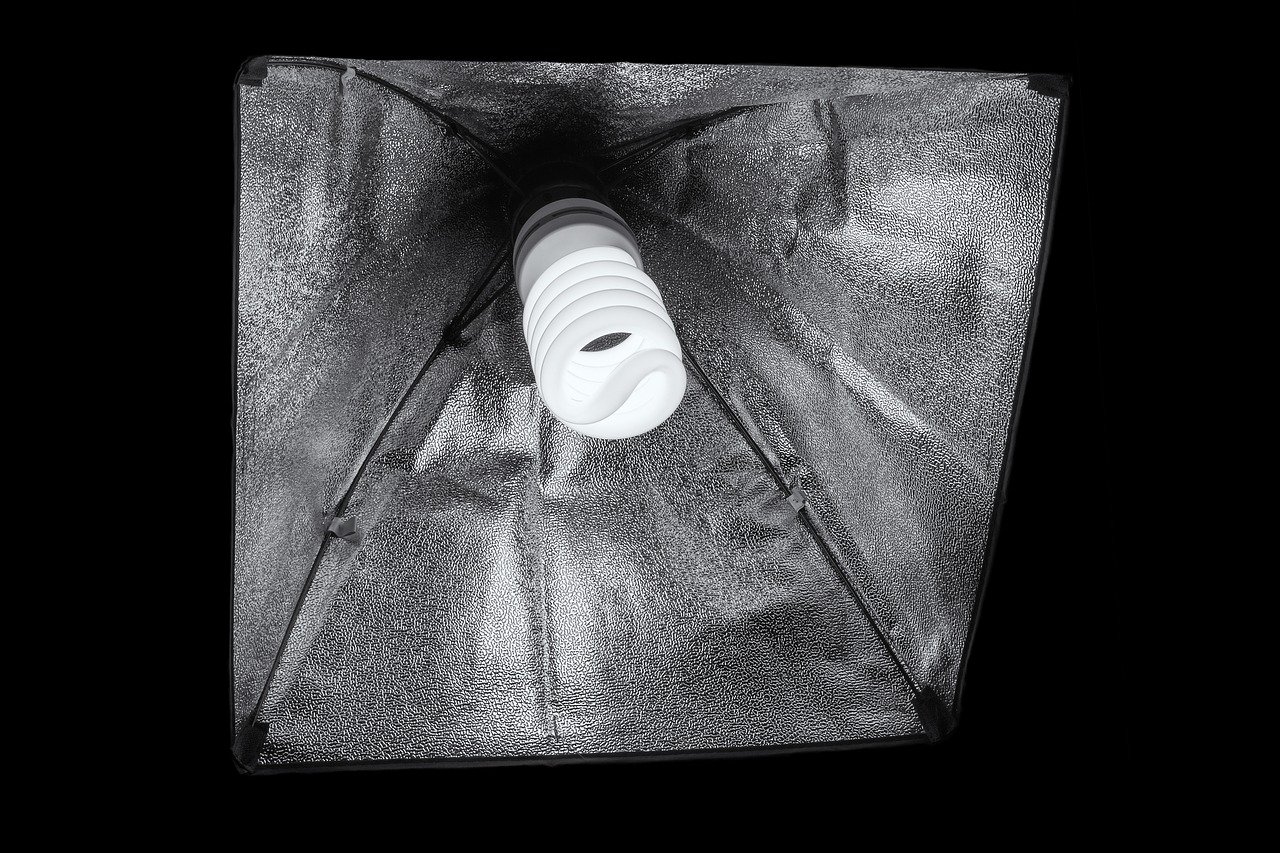
Travel/mobile use vs. Studio
The good thing about softboxes is that they can be used just about anywhere. That means that they can be used indoors, i.e., in the studio, and also on location for all types of still photography, video images, and film-based motion picture.
Even though softboxes are easy to disassemble and transport, you may want to have different softboxes for travel/mobile use and studio use. For studio use, you can use just about any type of softbox. On the other hand, a small softbox might be an ideal solution if you need to be more mobile and light, especially if you are working by yourself. You can position it easily and move it around effortless as you desire.
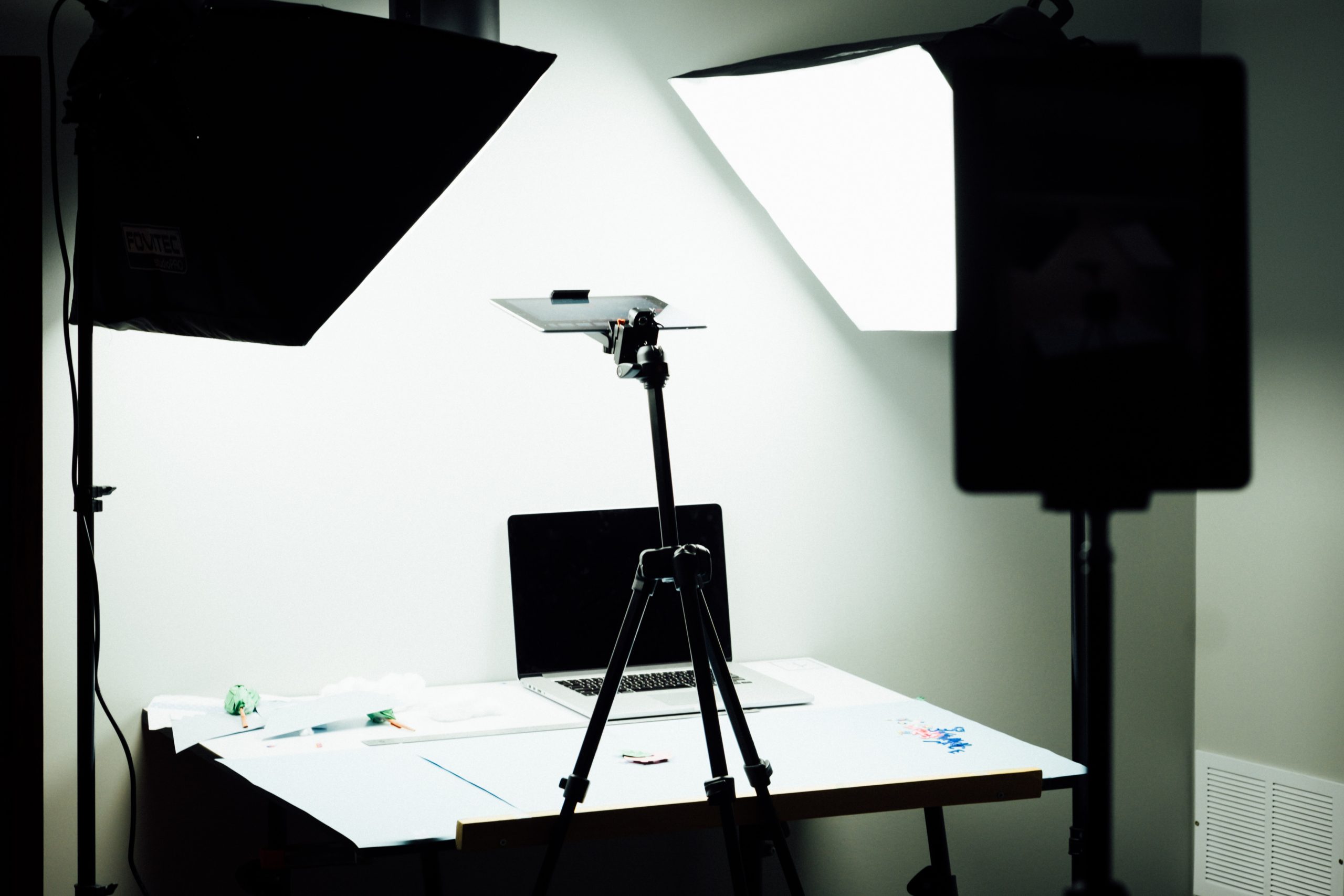
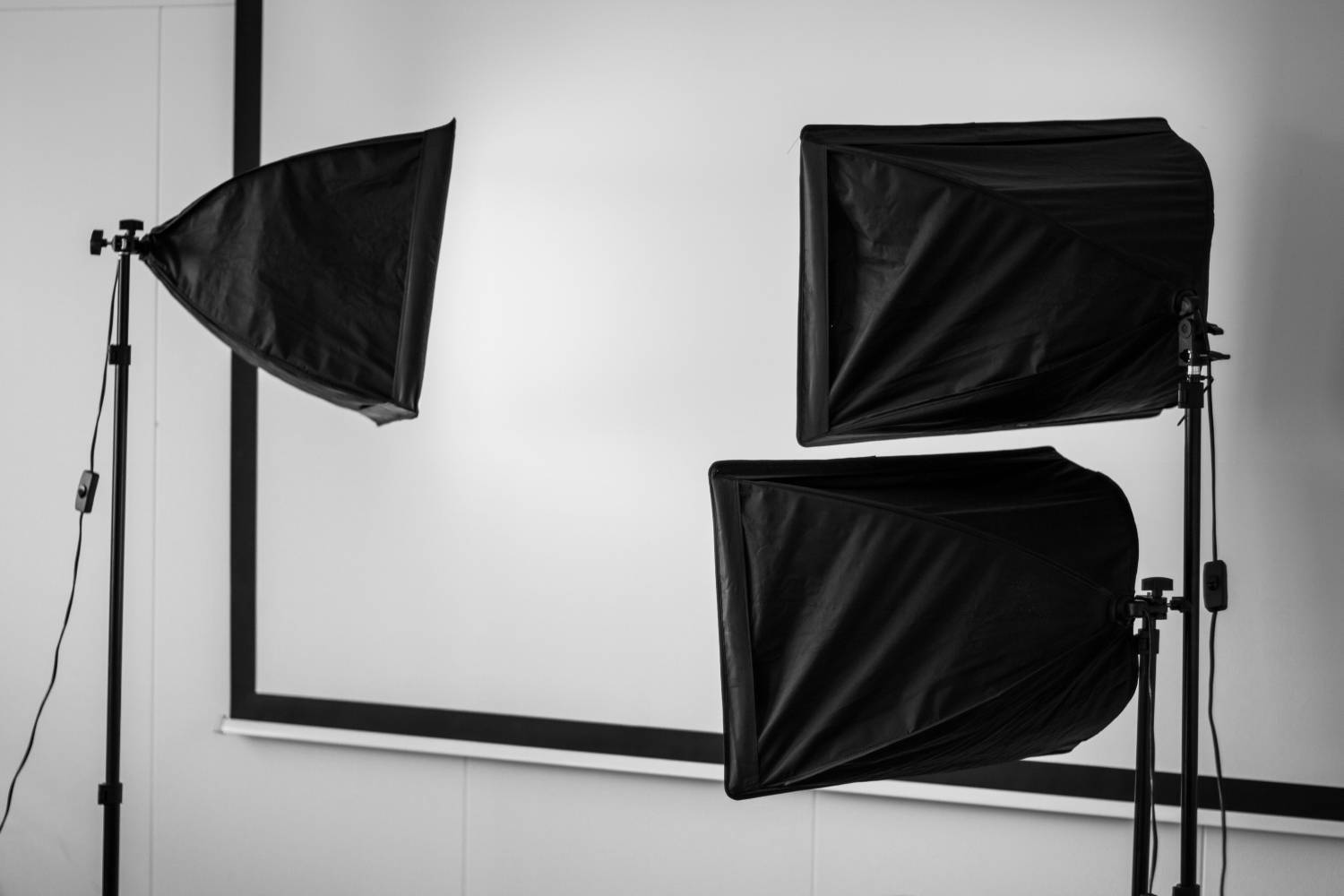
How to Pair Softboxes with other Equipment
We have seen a list of essential gear for newborn photography. Now, let’s find out how to pair softboxes with other equipment. There is a selection of different accessories that can be used to help the softbox work even better. They include:
• Grids/Eggcrates: They are useful in narrowing light emitting from the softbox and giving it more direction.
• Louvers: They are useful in distributing light emitting from the softbox evenly across the subject while eliminating the spill of light onto the background.
• Masking strips: These are fun and creative tools that enable you to play with light emitting from the light source. Using masking strips can help create the effect of daylight coming through mini blinds.
Softboxes are among the most commonly used tools you will find in a newborn photographer’s tool kit. Why? The reason is obvious. A softbox is capable of taking harsh light and soften it. Moreover, it can take uncontrolled light, control it, and direct it at the subject. So, when you use a softbox in your next newborn photoshoot, you will get excellent light quality without shadows.



